Adding a pool to your backyard doesn’t just encourage quality family time and fun into your life. It’s an investment. Every accessory you purchase to enhance your backyard experience is an added financial bonus.
So if you’ve made the investment in an automatic safety cover, you want to protect that investment. We’ll give you some tips on how to prevent your pool chemicals from damaging your automatic safety cover, based on initial problems you may face and industry-recommended safe chemical levels.
Problem: Change in Fabric Color
If there is a brownish color where the fabric leaves the water and goes into the track, (the air pocket) it signifies chemical damage.
- The sun will cause the chlorine to turn into gas and accelerates the oxidation of the cover.
- Pools that are over chlorinated or that are used infrequently will build up excess gas.
Solution
- Never close the cover immediately after shocking the pool. It is recommended to wait several hours before closing the cover.
- Use a test kit to regularly test the pool water.
- If the tests results are good, this does not imply the water chemistry was good prior to your current test results. Chemical imbalance can be changed or corrected at any time.
- Chemical imbalance can be harmful to people as well as pool components and needs to be checked regularly.
- If the chlorine results come out clear, do a dilution.
- Test again with _ tap water to _ pool water. If the test is still clear, the chlorine levels may be low.
- If the PH Level is low, the water is acidic. This results in making the chlorine much more active, therefore, can result in more damage to the cover.
Recommended Safe Chemical Levels
- Recommended Chlorine Level: 1.0 *ppm
- Recommended PH Level: Between 7.4 and 7.6 *ppm
- Recommended Salt Levels: 3000 *ppm
Salt Systems
- Salt systems are just another way to produce chlorine.
- Salt systems still require chemical tests and treatments for PH level. They cannot be left to run unchecked.
- Using salt systems on indoor pools can cause severe damage to our systems and is NOT recommended.
*Parts Per Million
It is important to note that pool chemical damage is not covered under Latham’s warranty. Chemical levels are the responsibility of the homeowner. Latham is not responsible for damage to any part of the pool that is caused by chemical imbalance. The information above is for reference only and is not to be used in place of proper chemical use procedures. Please contact a pool professional if you have questions about your pool chemical levels.

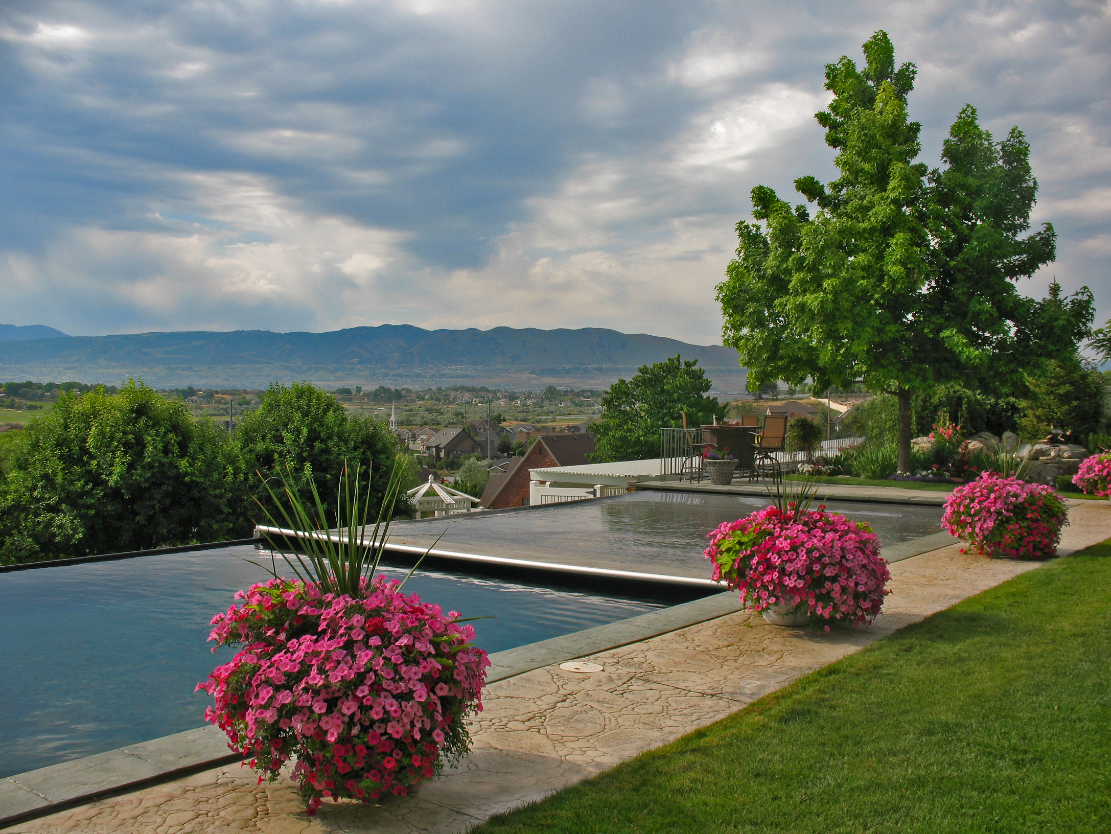

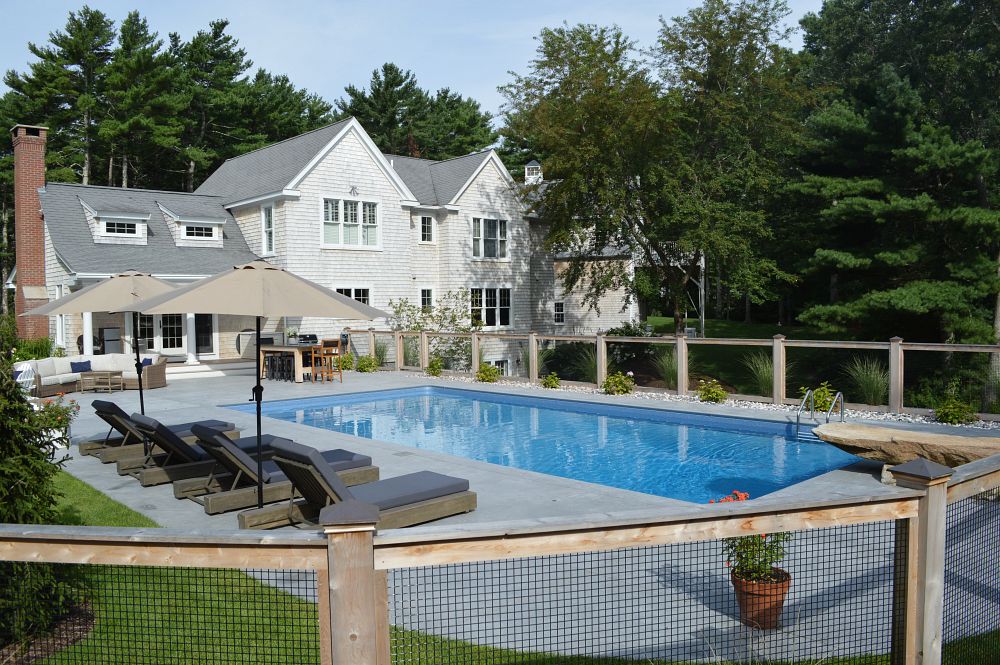
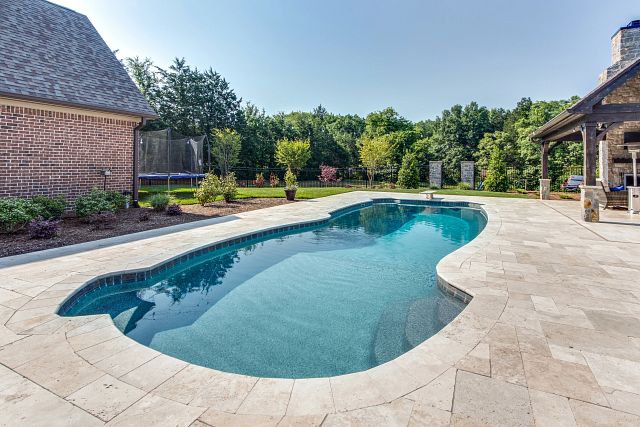
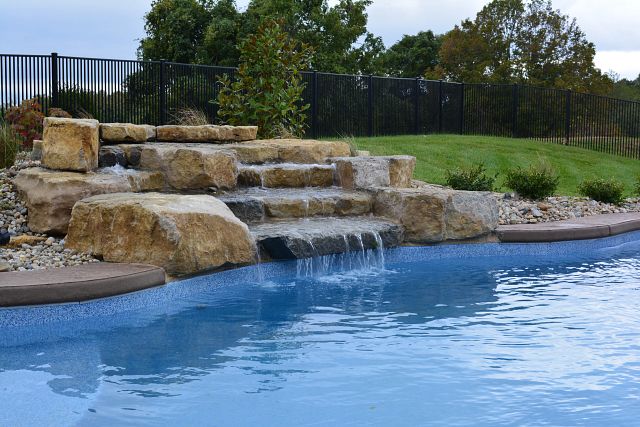
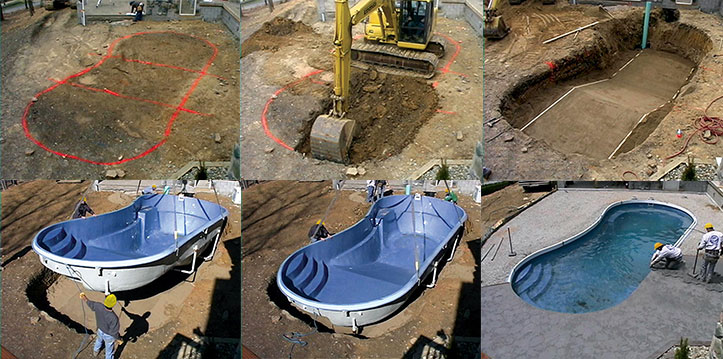
Join the discussion